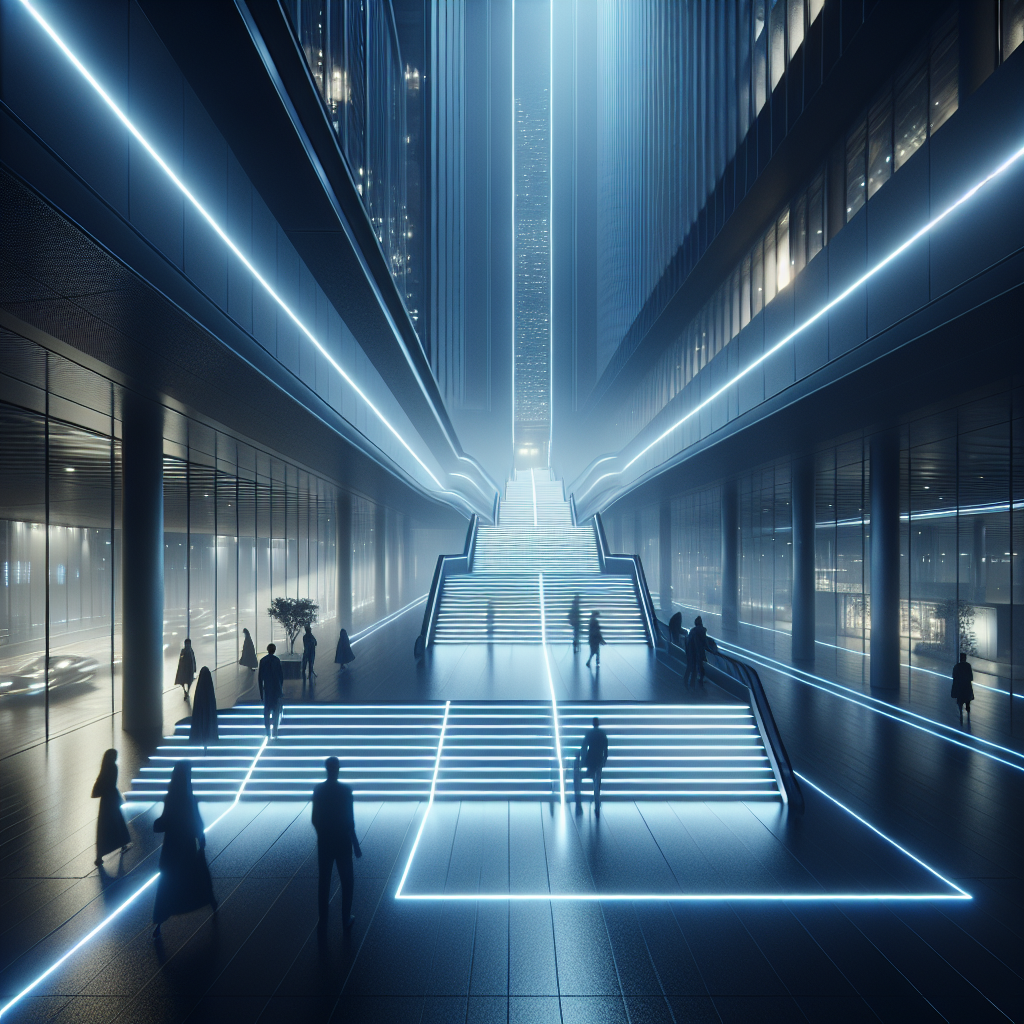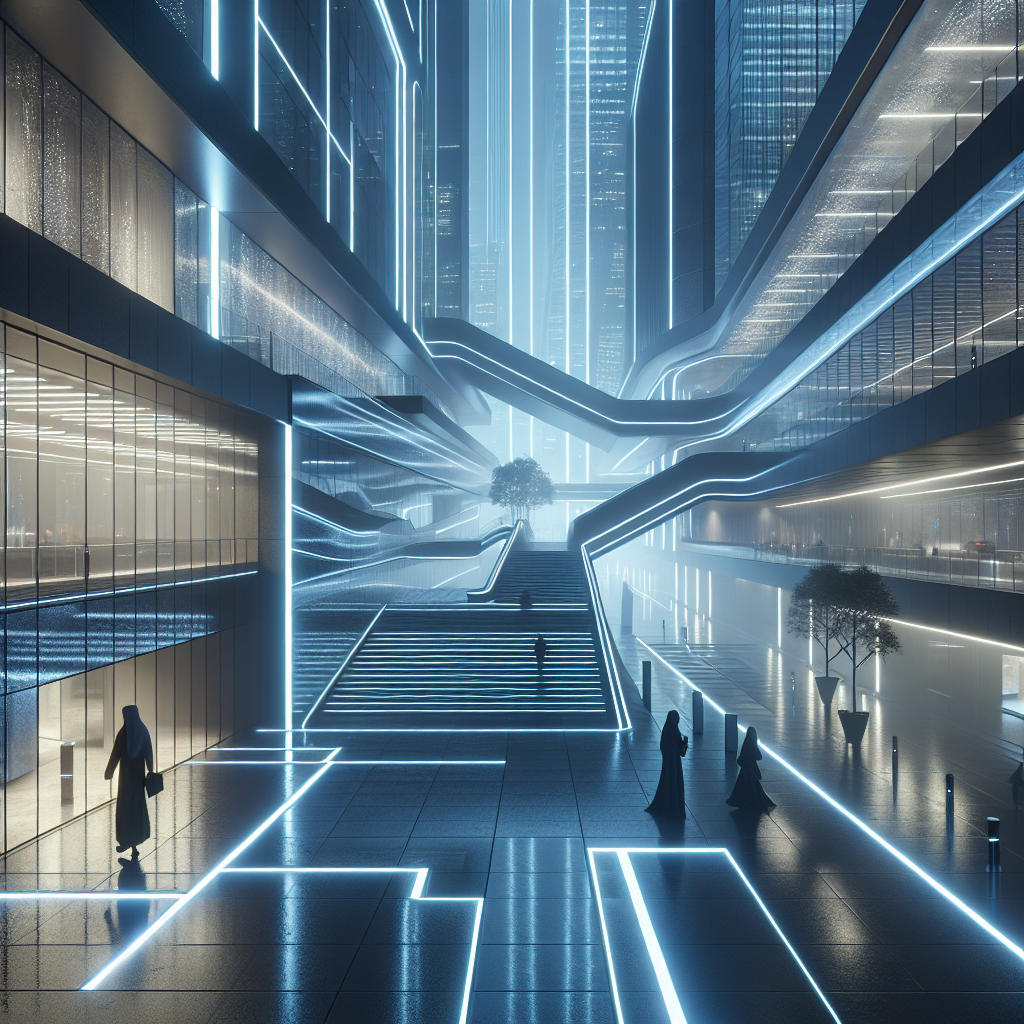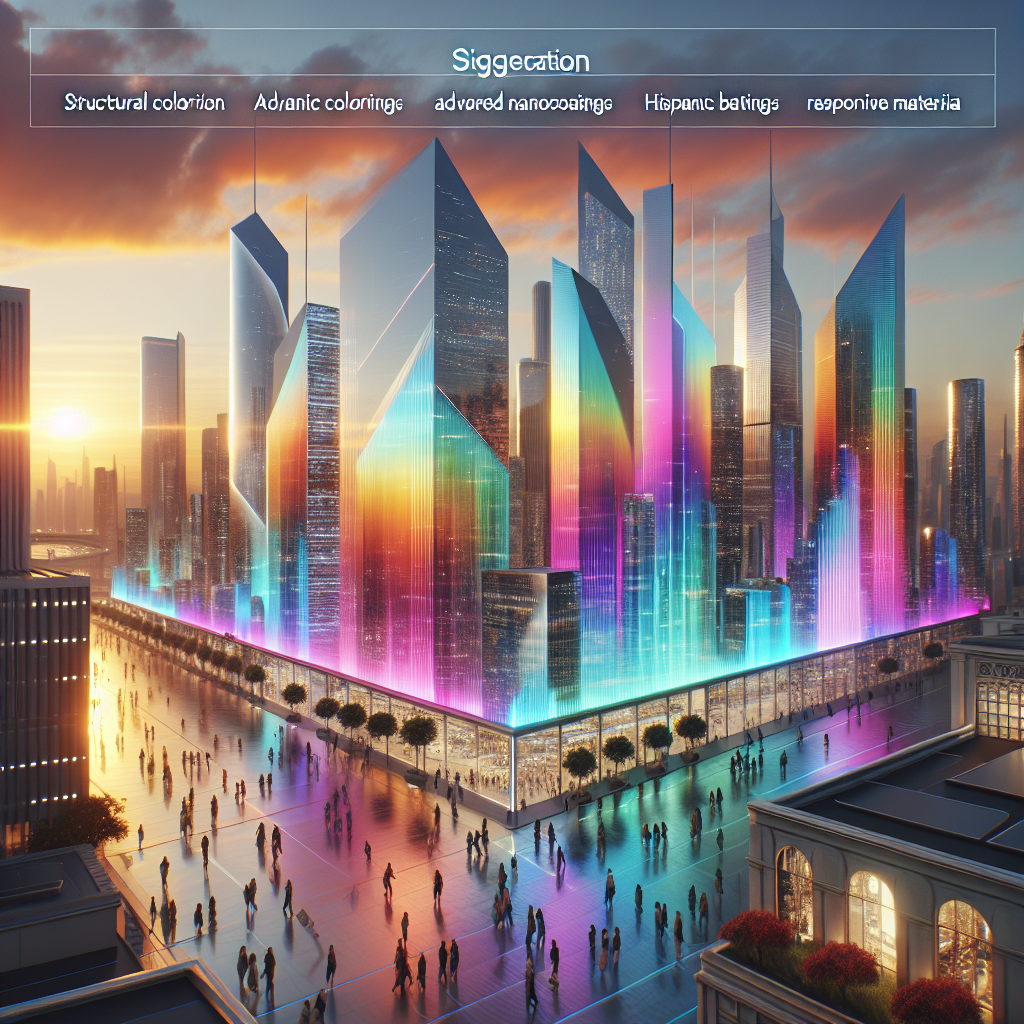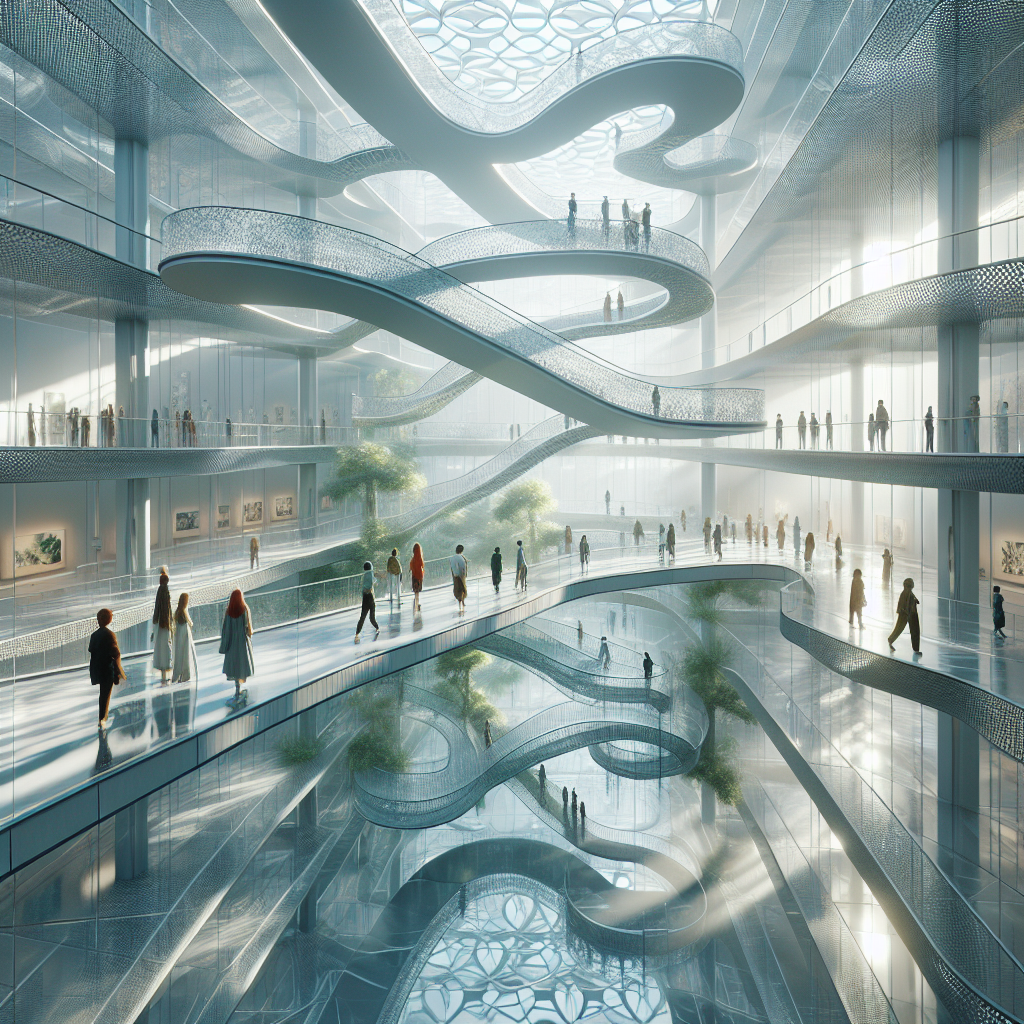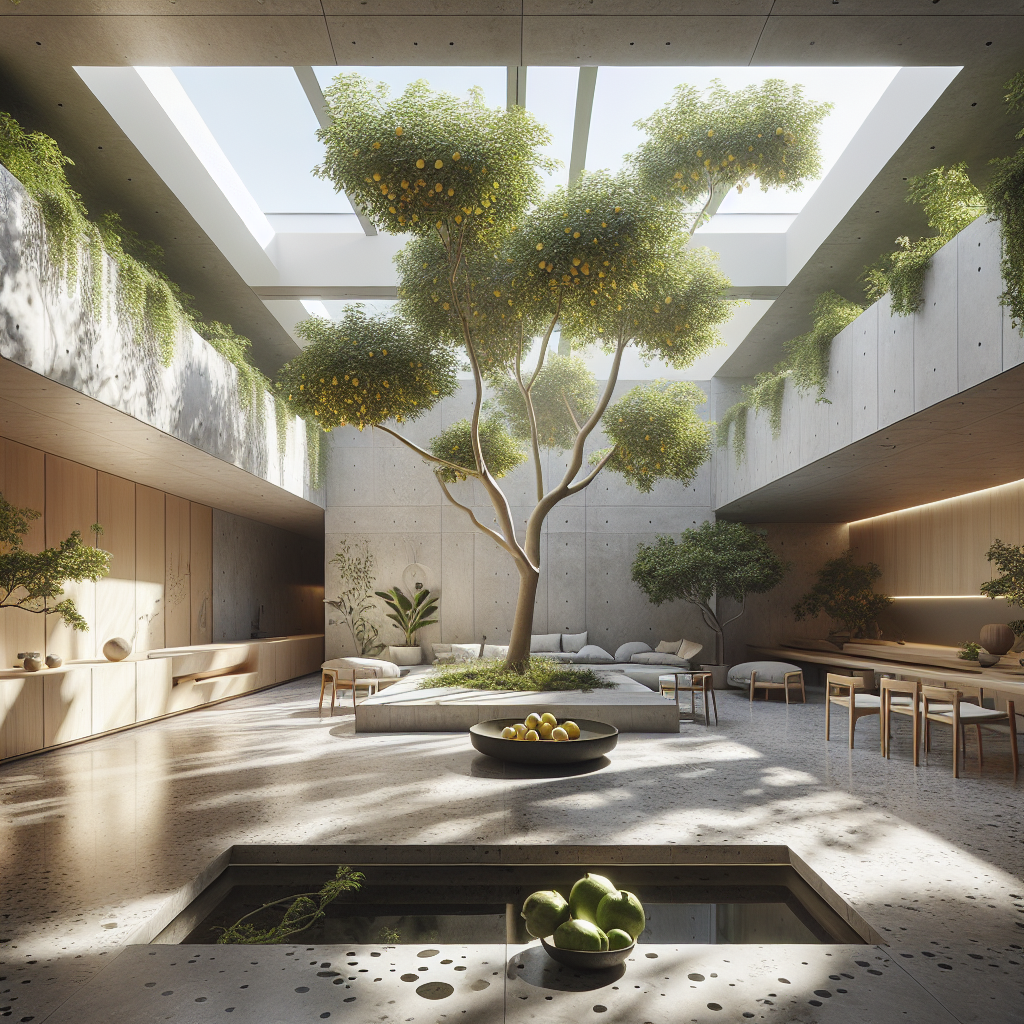The Tron effect: luminous lines embedded in walkway edges
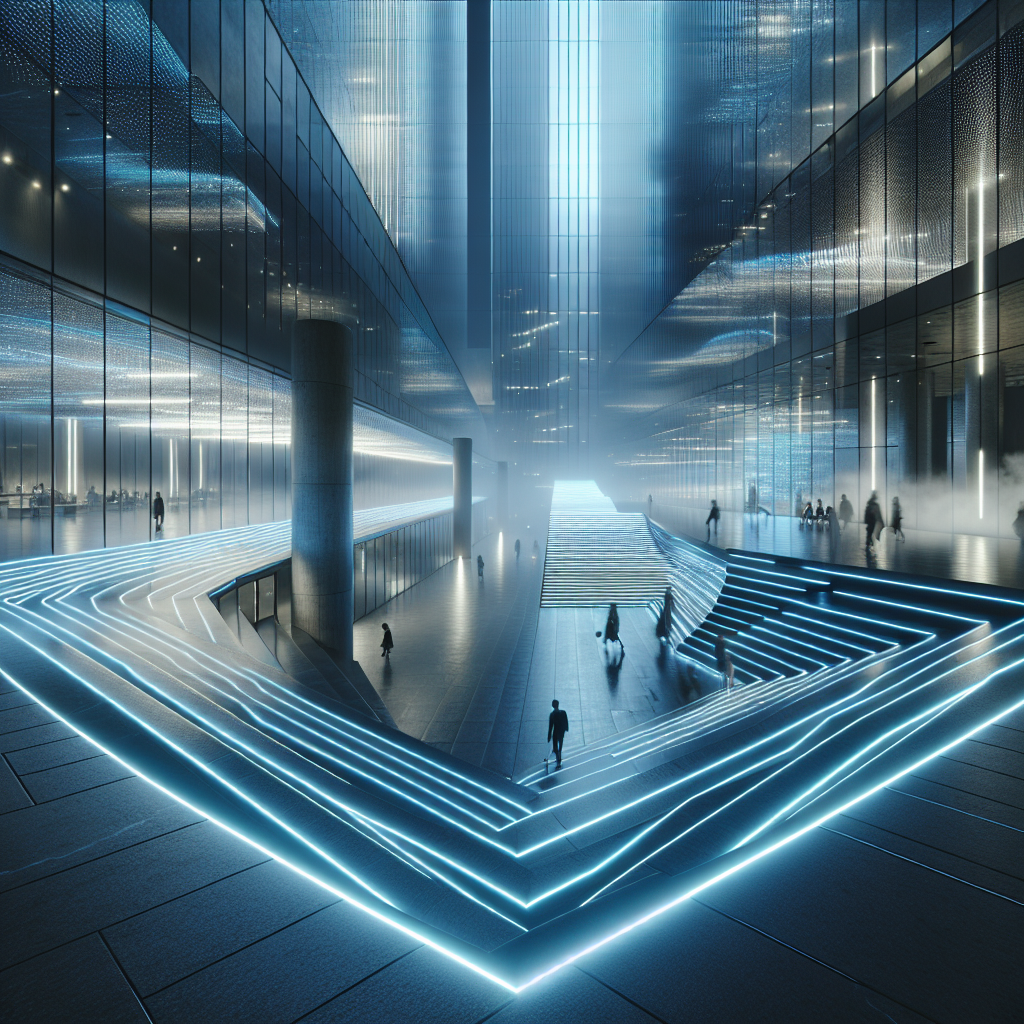
The Tron Effect: Luminous Lines Embedded in Walkway Edges
In the ever-evolving dialogue between architecture and technology, light has become more than an instrument of visibility—it is now a medium of narrative, emotion, and spatial definition. Among the most captivating innovations in recent years is the integration of luminous lines embedded in walkway edges, a design phenomenon that many have dubbed the “Tron effect.” Borrowing its name from the iconic visual language of the 1982 sci-fi film *Tron*, this aesthetic has transcended cinematic fantasy to become a tangible architectural language of the 21st century. These glowing pathways are reshaping how we experience movement, orientation, and atmosphere in both public and private spaces.
From Fiction to Function: The Evolution of Luminous Architecture
The concept of illuminated edges first appeared as a futuristic trope in digital culture, but it has since matured into a sophisticated design strategy. The “Tron effect” is no longer about spectacle alone—it’s about wayfinding, safety, and emotional resonance. Advances in LED technology, fiber optics, and smart materials have enabled architects to integrate light seamlessly into surfaces, transforming edges and thresholds into dynamic visual cues.
Contemporary urban designers are increasingly turning to these embedded luminous lines to define circulation routes, enhance accessibility, and create intuitive navigation systems. In airports, museums, and luxury retail environments, the subtle glow of an illuminated edge can guide visitors without the need for intrusive signage. The result is a more fluid, human-centric experience—one that aligns with the growing emphasis on responsive design and sensory engagement in architecture.
Technical Brilliance: The Anatomy of a Glowing Edge
At the heart of the Tron effect lies a convergence of material science and digital control. Designers embed linear LED strips or electroluminescent filaments within the perimeters of walkways, staircases, or floor joints. These elements are often encapsulated in translucent resin or tempered glass, ensuring durability while diffusing light evenly. The resulting glow appears to emanate organically from the architecture itself, rather than being applied as an afterthought.
Advanced systems now integrate motion sensors and adaptive lighting algorithms that respond to foot traffic or ambient conditions. A walkway might brighten subtly as someone approaches, then fade to conserve energy once the space is vacated. This interplay of responsiveness and restraint embodies the essence of modern architectural lighting—functional yet poetic, efficient yet emotive.
As explored in bioluminescent lighting research, designers are also experimenting with organic and sustainable light sources that mimic natural luminescence. The Tron effect, in this context, becomes not only a visual signature but a metaphor for the merging of technology and ecology.
Urban Applications: Illuminating the Path Forward
Across global cities, luminous walkway edges are emerging as a defining feature of smart urban design. In Tokyo’s Shibuya district, glowing pedestrian crossings synchronize with traffic signals, creating a rhythmic choreography of light and movement. In Copenhagen, waterfront promenades use embedded LEDs to delineate bike lanes, enhancing safety while adding a subtle theatricality to the nightscape.
Architectural studios are leveraging this technology to transform public spaces into immersive environments. The luminous edges of a plaza can evoke a sense of directionality, subtly encouraging pedestrian flow while maintaining visual harmony. In cultural institutions, such as the Louvre Abu Dhabi, light embedded in the floor perimeter enhances spatial perception, making visitors feel as though they are walking through a living artwork.
These applications echo the futuristic visions explored in cinematic architecture studies, where illumination defines the emotional tone of a city. The Tron effect, in this sense, bridges the gap between speculative fiction and built reality.
Luxury Interiors: Light as Ornament and Orientation
In high-end residential and hospitality design, luminous edges have become a subtle marker of sophistication. Picture a marble corridor where a thin line of cool white light traces the floor’s edge, reflecting softly against polished stone. The effect is both minimalist and mesmerizing—a modern reinterpretation of the gilded trims of classical interiors.
Luxury hotels in Dubai and Singapore have adopted this technique to create immersive nocturnal atmospheres. In suites and spas, embedded lighting delineates transitions between zones—bathroom to bedroom, lounge to terrace—without visible fixtures. The glow becomes an ambient signature, a silent concierge guiding guests through space.
Designers are also exploring chromatic variations. Dynamic RGB systems allow for mood modulation: a warm amber hue for relaxation, a crisp blue for alertness. This capacity for emotional calibration aligns with the broader trend toward human-centered lighting design, where illumination is tailored to circadian rhythms and psychological comfort.
Material Synergy: Integrating Light with Texture
The success of luminous edge design depends on the dialogue between light and material. Concrete, glass, terrazzo, and wood each interact differently with embedded illumination. In polished concrete walkways, light refracts through micro-aggregates, producing a subtle shimmer. In timber floors, the glow accentuates grain patterns, revealing the organic beauty of the material.
Some architects are pushing this further by embedding light within translucent composites or resin-bound aggregates, creating surfaces that appear to breathe with radiance. The aesthetic is both futuristic and tactile—a continuation of the material experimentation seen in projects exploring sand-printing technology and digital fabrication.
Energy Efficiency and Sustainability
Beyond aesthetics, the Tron effect aligns with the global shift toward energy-efficient architecture. Modern LED systems consume up to 80% less energy than traditional lighting, and when paired with smart controls, they contribute significantly to a building’s sustainability profile. According to the International Energy Agency, lighting accounts for nearly 15% of global electricity consumption; integrating low-energy embedded systems can thus play a meaningful role in reducing carbon footprints.
Moreover, luminous edge systems can be powered by renewable sources such as solar panels or kinetic energy harvested from foot traffic. These innovations echo the principles of net-zero energy design, where every watt of illumination is part of a broader ecological strategy.
Design Psychology: The Emotional Geometry of Light
Light, when used with precision, shapes not only space but emotion. The Tron effect’s linear glow evokes a sense of order, continuity, and calm. It defines boundaries without barriers, guiding the body intuitively through architecture. Psychologically, luminous edges reduce anxiety in transitional spaces—corridors, stairwells, and thresholds—by clarifying spatial orientation.
In retail environments, this technique enhances the perception of modernity and exclusivity. A glowing floor edge subtly directs attention toward key products or pathways, reinforcing brand identity through spatial choreography. In urban parks, illuminated trails invite nighttime exploration, transforming safety lighting into an aesthetic experience.
The Future of Luminous Pathways
As digital fabrication and sensor technologies advance, the Tron effect is poised to evolve from static illumination to interactive light architecture. Future systems may integrate with wearable devices or urban data networks, adjusting brightness and color based on user profiles or environmental conditions. The line between architecture and interface will continue to blur, making light not just a feature, but a participant in the built environment.
Ultimately, luminous lines embedded in walkway edges represent more than a design trend—they symbolize a shift in how we perceive and inhabit space. They are the connective tissue between material and immaterial, between structure and sensation. In the quiet hum of a glowing corridor or the subtle pulse of a lit promenade, we glimpse the future of architecture: one where light becomes language, and every step tells a story.
The Tron effect is not merely an homage to a cinematic past—it is a declaration of design’s luminous future.

